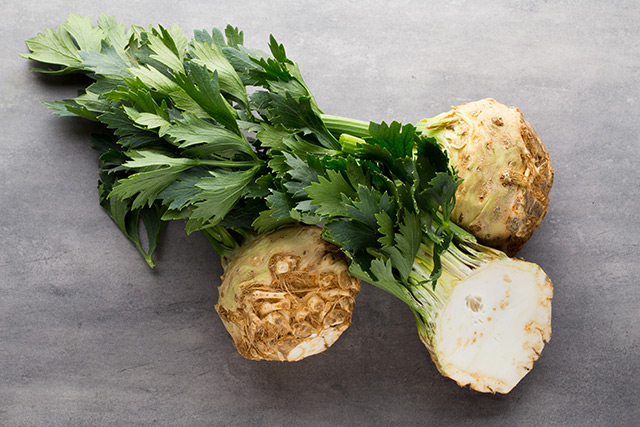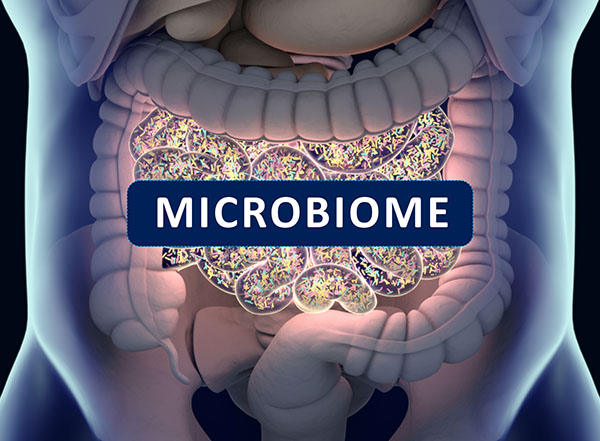Evaluating the anti-tumor and anti-hyperlipidemic effects of Apium graveolens (celery) extracts
11/25/2020 // Evangelyn Rodriguez // Views
Tags: alternative medicine, anti-tumor, Celery, cholesterol-lowering, food cures, food is medicine, functional food, goodcancer, goodfood, goodhealth, goodmedicine, goodscience, hyperlipidemia, natural cures, natural medicine, phytonutrients, research, superfoods, veggie

- Chromatographic analysis of the seeds of A. graveolens shows that they contain coumarin derivatives like seselin, methoxsalen and 3H-isobenzofuran-1-one.
- To further explore their biological properties, the researchers first induced hyperlipidemia in rats by injecting them with 400 mg/kg body weight of Triton WR 1339.
- After 24 hours, they orally administered the A. graveolens extract and isolated components to the animals at a dose of 50 mg/kg body weight.
- They also evaluated the anti-tumor activity of the extract and isolated phytochemicals by injecting hybrid mice with 50 mg/kg body weight of either sample for 10 consecutive days.
- They then observed the animals for tumor growth after injecting B16F10 melanoma cells into their dorsal skin.
- The researchers found that the A. graveolens extract and isolated components significantly decreased total cholesterol, triglycerides and low-density lipoprotein (LDL) while increasing high-density lipoprotein (HDL) levels in hyperlipidemic rats.
- Pretreatment of the extract and isolated compounds also delayed tumor growth in hybrid mice by increasing volume-doubling time and mean survival time.
- In addition, tumor regression studies showed a decrease in tumor growth of the injected melanoma cells in vivo.
Based on these findings, the researchers concluded that A. graveolens is an excellent source of natural antihyperlipidemic and anti-tumor agents.
Journal Reference:
Iyer D, Patil UK. ASSESSMENT OF ANTIHYPERLIPIDEMIC AND ANTITUMOR EFFECT OF ISOLATED ACTIVE PHYTOCONSTITUENTS FROM APIUM GRAVEOLENS L. THROUGH BIOASSAY-GUIDED PROCEDURES. Journal of Dietary Supplements. 06 April 2018;16(2):193–206. DOI: 10.1080/19390211.2018.1448921
Related Topics
alternative medicine anti-tumor Celery cholesterol-lowering food cures food is medicine functional food goodcancer goodfood goodhealth goodmedicine goodscience hyperlipidemia natural cures natural medicine phytonutrients research superfoods veggieLatest News
Related News
07/10/2023 / By Zoey Sky
07/05/2023 / By Ethan Huff
07/05/2023 / By Kevin Hughes
07/04/2023 / By Olivia Cook
07/04/2023 / By Zoey Sky
Take Action:
Support Natural News by linking to this article from your website.
Permalink to this article:
Copy
Embed article link:
Copy
Reprinting this article:
Non-commercial use is permitted with credit to NaturalNews.com (including a clickable link).
Please contact us for more information.
Please contact us for more information.






















